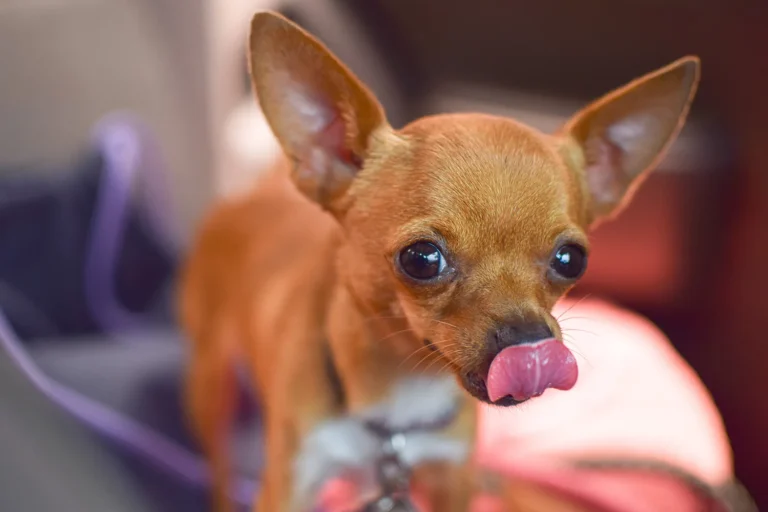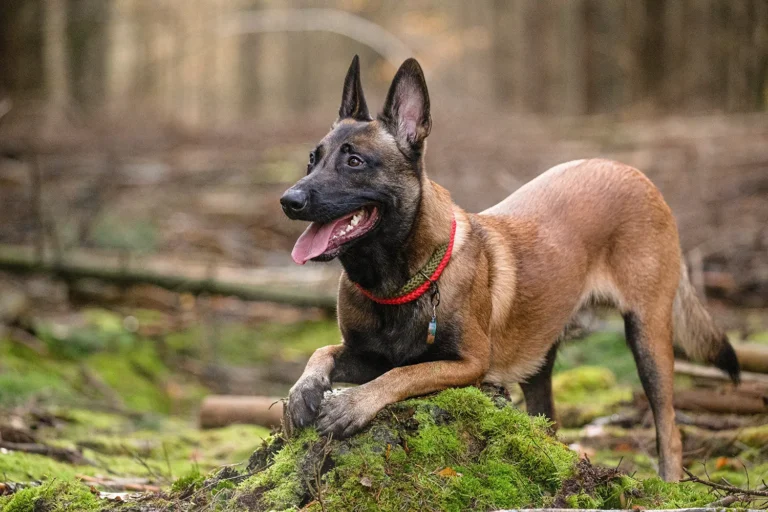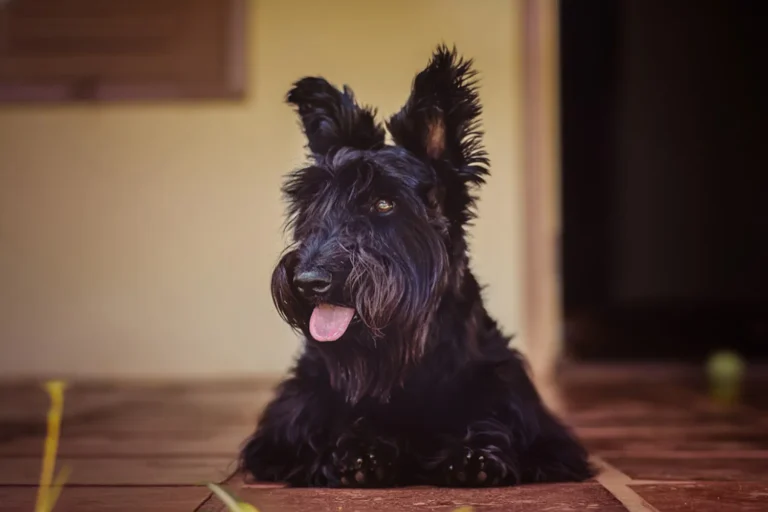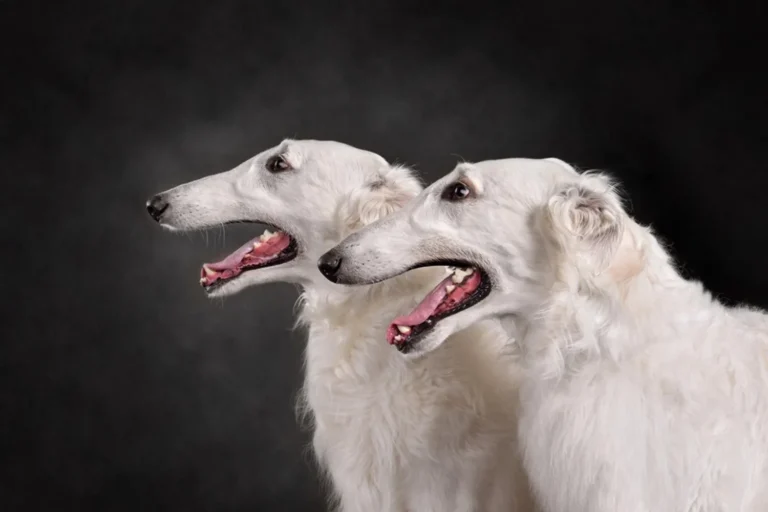
Brimming with self-esteem and a jaunty little strut, the West Highland Terrier has a way of making everyone smile. This adorable, wee pup from Scotland doesn’t just walk into a room he takes the stage. I always laugh remembering my neighbor’s Westie trotting down the sidewalk like a fluffy marshmallow with a mission, greeting everyone as if he were the mayor. It’s no surprise they’re a hit with so many people, from older couples who want a devoted companion to young families ready to add a lively fur baby to the mix.
If you’re thinking about a Westie, expect a big personality in a compact package. They love being part of the action and do best with a routine: a brisk walk, a little playtime, and plenty of praise. My friend’s kids learned quickly that a Westie will happily play fetch but might decide it’s more fun to make you chase them back. A bit of consistent training goes a long way with these confident charmers. Brush that bright white coat a few times a week, keep an eye out for muddy puddles (they somehow find them), and give them a job puzzle toys or simple tricks keep their clever minds busy. With the right mix of affection and structure, a Westie will reward you with endless entertainment and loyal companionship.
West Highland White Terrier: History and Origins
If you’ve ever watched a Westie dive nose first into a hedgerow, you’re seeing history in action. These cheerful little dogs were once fierce, focused hunters. Despite their compact size, Westies were used to go after foxes, otters, and badgers, and they were famous for keeping barns free of rats. I once watched a friend’s Westie disappear into a bramble patch after a vole and reappear five minutes later, muddy, triumphant, and absolutely certain he’d saved the day. That gritty confidence is baked into the breed.
As for where they came from, the paper trail is a bit foggy, but we know they’ve been around for centuries. The breed can be traced back to the 17th century, when James I of Argyllshire gifted dogs like these to the King of France. Their signature white coat has a rather dramatic origin story: Colonel Malcolm of Poltalloch reportedly accidentally shot one of his wheaten colored Cairns while hunting. Determined not to mistake his dogs for game again, he bred only white terriers from then on. That bright coat wasn’t just charming it was practical. A breeder I spoke with in the Highlands once called the Westie’s color “a little lighthouse in the heather.”
By the early 1900s, the Westie was well on its way to official recognition. The Scottish Kennel Club gave the breed its modern name West Highland White Terrier in 1904. Two years later, in 1906, the Kennel Club of England recognized the breed. In the United States, they were sometimes called Roseneath Terriers before the name we all know finally stuck. It’s funny to imagine that the same dog now curled up on a sofa used to be introduced under a completely different title.
A bit of practical advice from living with these little dynamos: their hunting past explains a lot. Expect a strong prey drive and a love of digging. Keep the garden fenced, work on a rock-solid recall, and be cautious around small pets. And yes, that glorious white coat picks up every bit of mud after a rainy walk, mine turns “oatmeal” in seconds so keep a towel by the door. Under the fluff, though, is a brave, big hearted worker who’s been earning fans for centuries.
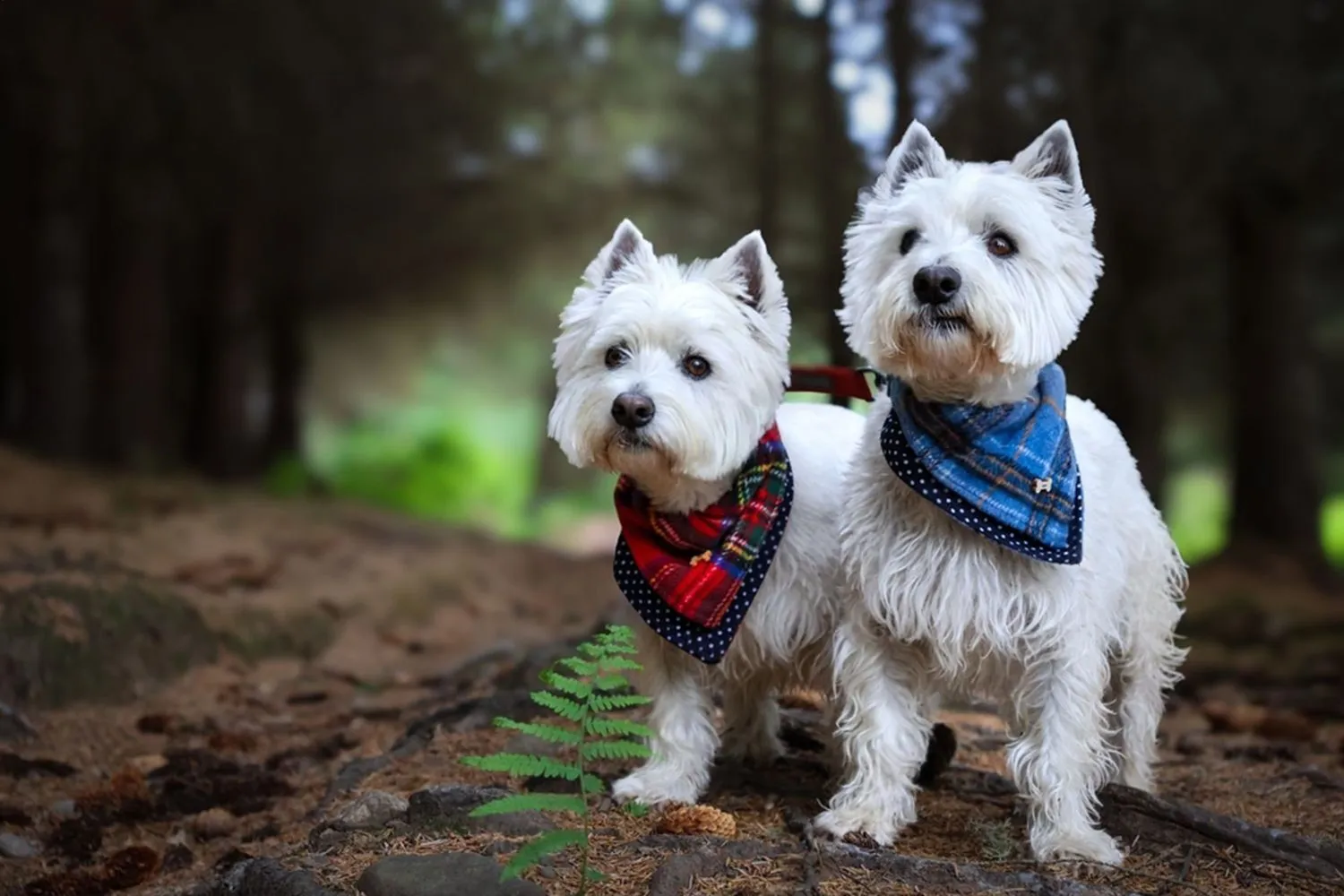
What Is a West Highland White Terrier?
Picture a compact little snow cloud with a big personality, and you’ve got the West Highland White Terrier. Hailing from Scotland, these spirited pups were once known as Poltalloch terriers before they earned the nickname Westie. Their famous white coat is more than just good looks: it’s a distinctive double layer with a crisp outer coat and a softer undercoat underneath. I always notice how their slightly longer legs (compared to some other Scottish terriers) give them a jaunty, confident stride like they’re ready to lead the parade on every walk.
Then there’s that face. Deep set, almond shaped dark eyes, perked up ears, and a bright, joyful expression that’s basically an alarm clock for happiness. I used to dog sit a neighbor’s Westie, and every morning he’d greet me with a wag and a little hop, as if to say, “Let’s go, the day won’t explore itself!”
Living with a Westie means embracing their terrier spirit: curious, bold, and delightfully game for anything. Daily walks and a few play sessions keep them content, and a couple of puzzle toys can work wonders on rainy days. I recommend a steady routine of brushing to keep that white coat looking fresh nothing fancy, just a quick brush a few times a week and a wipe of the paws after muddy adventures. Training goes best when it’s upbeat and consistent; they’re smart and independent, so make it fun and they’ll meet you halfway. Whether you’re in a city apartment or a house with a yard, a Westie’s cheerful energy and loyal nature make them the kind of companion you’ll be glad to wake up to every single morning.
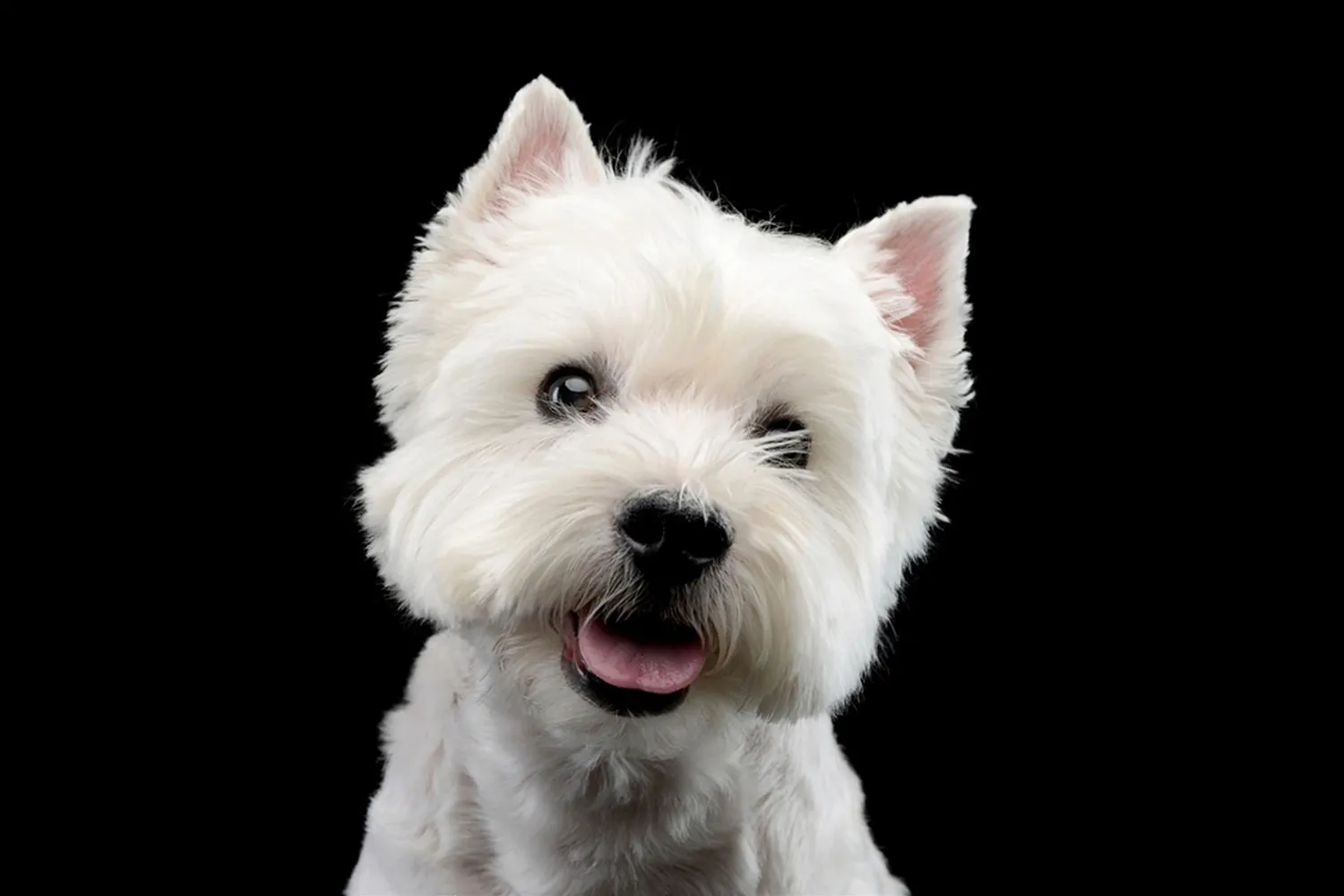
Who Is a West Highland White Terrier Best For?
A West Highland White Terrier (the ever charming Westie) is a great match for people who love a small dog with a big personality. They’re lively, clever, and a little bit independent in the best way. Families with younger kids often do well with Westies because they’re sturdy and up for play, but I always remind little ones to be gentle and respectful. My niece’s Westie used to trot behind her scooter like he was on patrol, happy as can be, and then curl up by her feet for story time.
Westies are friendly by nature and tend to get along well with both humans and other dogs, which makes them a nice pick for multi pet homes. With mindful introductions, they settle in beautifully. At our local park, I’ve seen a Westie confidently greet a pack of much bigger dogs, tail wagging like a metronome, and end up leading the zoomies. A neighbor’s Westie even shares a sunny windowsill with their senior cat proof that the right personality and a slow intro can make a sweet duo.
Because they’re compact, Westies adapt to all kinds of living spaces from busy family houses to cozy studio apartments. What matters most is giving them daily exercise and attention: a couple of brisk walks, a good round of fetch, and a puzzle toy or two to satisfy that curious terrier brain. Their independence doesn’t mean low maintenance; consistent, upbeat training keeps them polite and engaged. If you’re looking for a cheerful companion who will make you laugh, keep you moving, and shower you with affection, a Westie might be your perfect match.
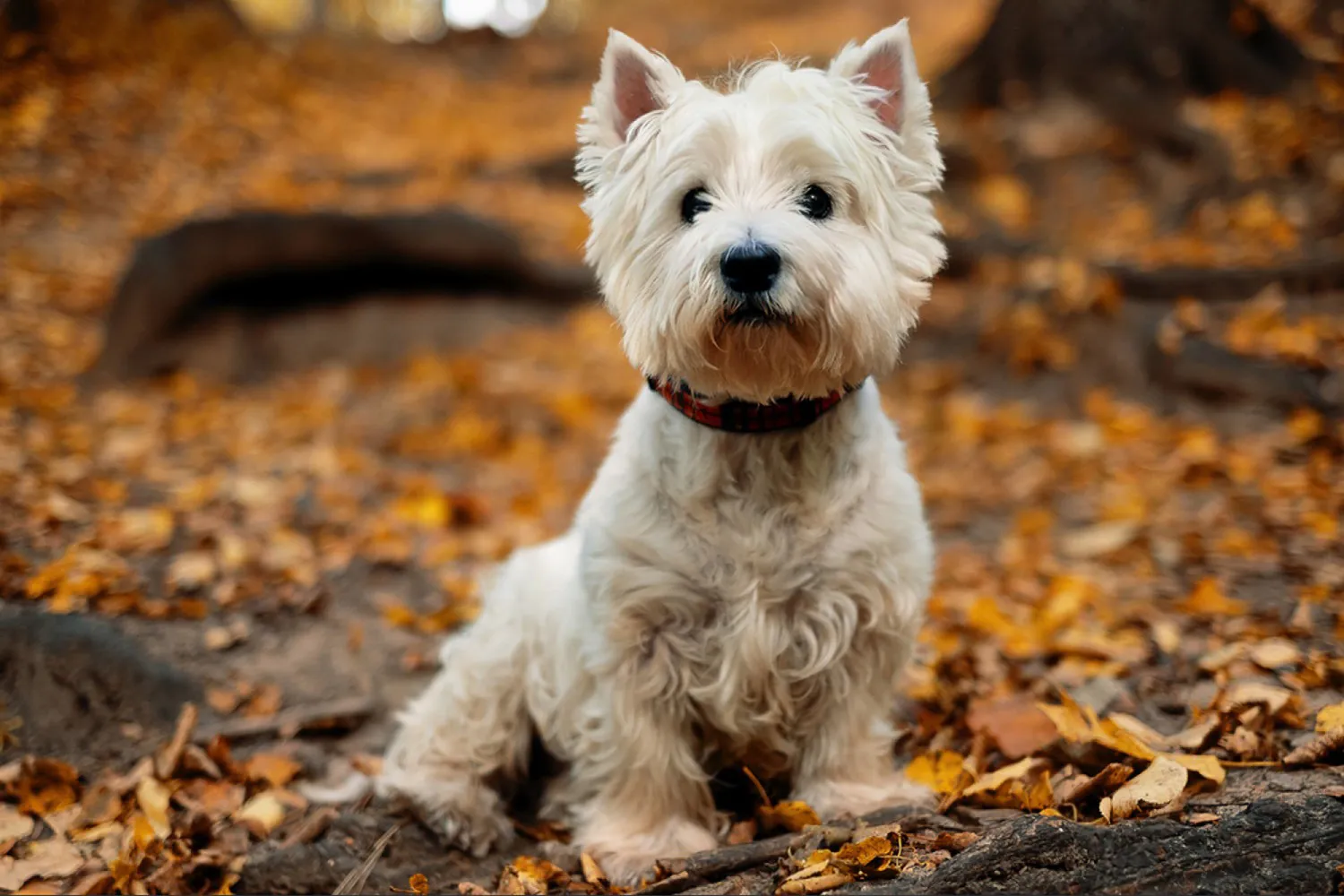
West Highland White Terrier Grooming and Shedding
That plush white coat is more than just adorable it’s practical. Westies have a weather ready double coat: a short, dense undercoat for warmth and a harsher top coat that’s usually around two inches long to shrug off rain and muck. I once walked a Westie after a muddy spring storm and watched the dried dirt just flick off with a quick brush, like the coat was wearing its own little raincoat.
Day to day, grooming is straightforward if you keep up with it. I like a slicker brush paired with a metal comb, brushing a few times a week. Work in layers, and don’t forget the easy to miss spots: behind the ears, under the armpits, and around the hind legs. A quick wipe down after walks with a damp microfiber cloth or grooming glove keeps that bright white looking fresh, and you’ll be surprised how clean the coat stays. Baths are only needed when your Westie truly smells or gets into something gross overbathing can strip the coat’s natural oils. If you do bathe, use a gentle whitening or brightening dog shampoo and dry thoroughly; I’ve had the best luck blow drying on low while brushing to prevent tangles.
Trimming is part of the routine too. You can keep things tidy at home or book a professional groomer both work. Many Westie folks love hand stripping to maintain that crisp, wiry texture, while clipping is perfectly fine for most pet homes and is easier to learn. I had a groomer in Chicago show me how to tidy the face and skirt in short sessions with lots of treats. Every 6-8 weeks keeps them looking like the spunky little showstoppers they are.
As for shedding, Westies are famously low to nearly zero shedders, which can make them a great fit for allergy prone households. You won’t be finding tumbleweeds of fur in the hallway; even my black jeans survived regular cuddles with my friend’s Westie. Regular brushing still helps capture dander and any loose hairs and keeps the coat healthy.
Don’t forget the small stuff. Peek into the ears once a week and wipe out any visible debris with a cotton ball and a vet approved ear cleaner no digging deep. Trim nails every few weeks so they don’t click clack on the floor. A quick toothbrushing routine a few times a week pays off big time, and a gentle face wipe can keep tear stains at bay. With a little consistency, Westie grooming is less “big project” and more “pleasant ritual,” and your little white shadow will look and feel fantastic.
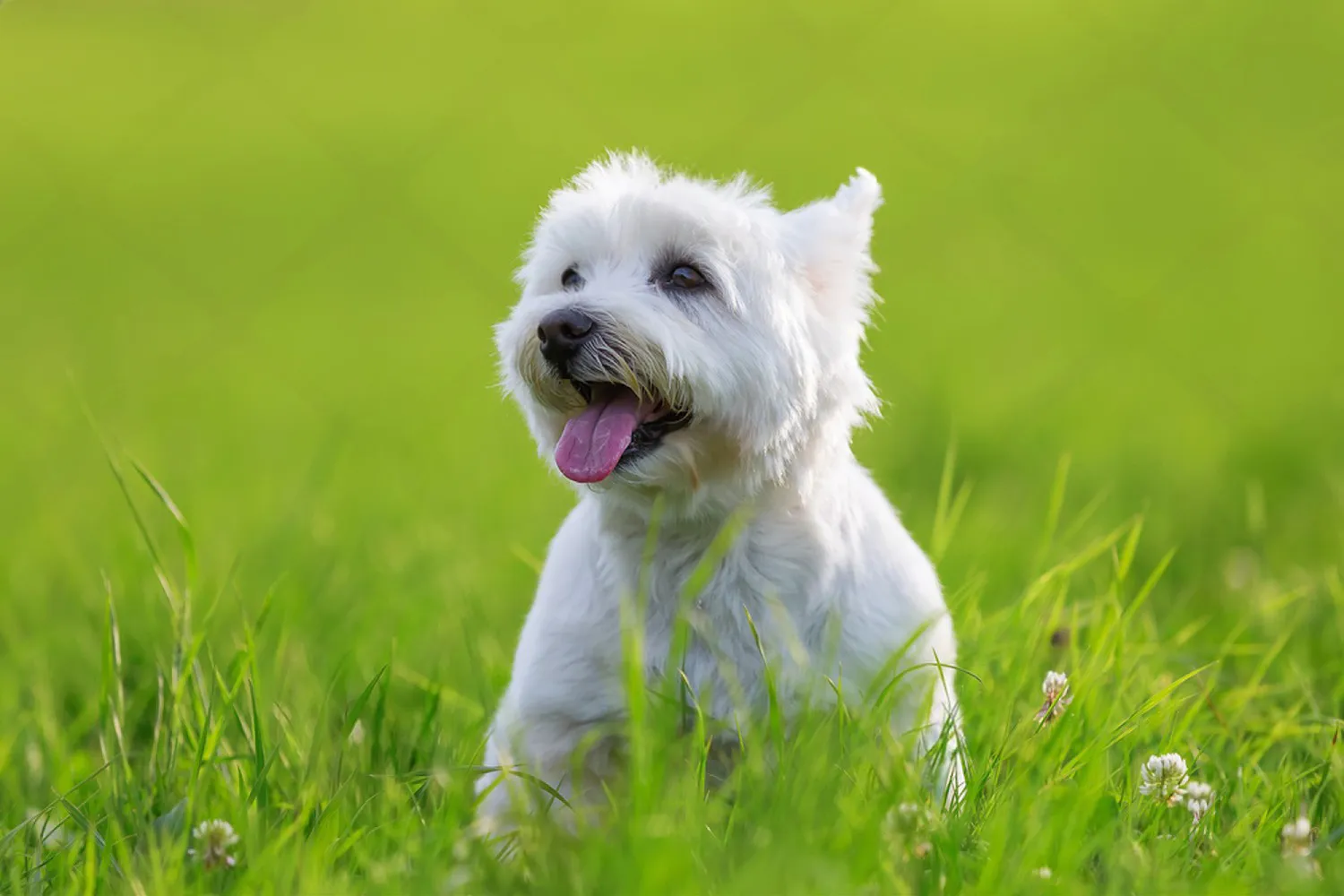
Do West Highland White Terriers Bark a Lot?
Westies have big opinions and even bigger voices. It comes with the terrier territory. These little snowballs were bred to be alert and brave, so they naturally call out anything suspicious doorbells, squirrels, the neighbor’s new garden gnome. My friend’s Westie, Daisy, once announced a drifting plastic bag like it was a dragon. She wasn’t wrong to be vigilant; she just needed help learning when to pipe down.
They do tend to be a vocal bunch compared to many other breeds, and that’s normal for a terrier with Scottish roots. The good news: you can dial the noise way down with early socialization and clear guidance. Start young if you can introduce all kinds of sounds, people, and places, and reward calm curiosity. I like to teach a “quiet” cue after a couple of barks. Let them alert, thank them (“Good job, I’ve got it”), then reward the silence. It feels polite, and the dog understands the conversation has ended.
A few practical tricks that have worked for me:
– Tire the brain before the mouth. Sniff walks, puzzle feeders, and short training sessions take the edge off that urge to announce everything.
– Manage the view. If window barking is a hobby, block the hotspots or set up a cozy resting spot away from the action.
– Plan greetings. When guests arrive, ask your Westie to go to a mat or fetch a toy. Busy mouths bark less.
– Ignore attention seeking noise, then praise the first quiet second. Timing is everything.
– Be consistent. Everyone in the house should respond the same way to barking, or your Westie will negotiate like a tiny lawyer.
You won’t turn a Westie into a silent statue and honestly, that cheerful little “Hey, something’s happening!” is part of the charm. But with steady training and thoughtful routines, their commentary becomes quick and manageable rather than a running monologue.
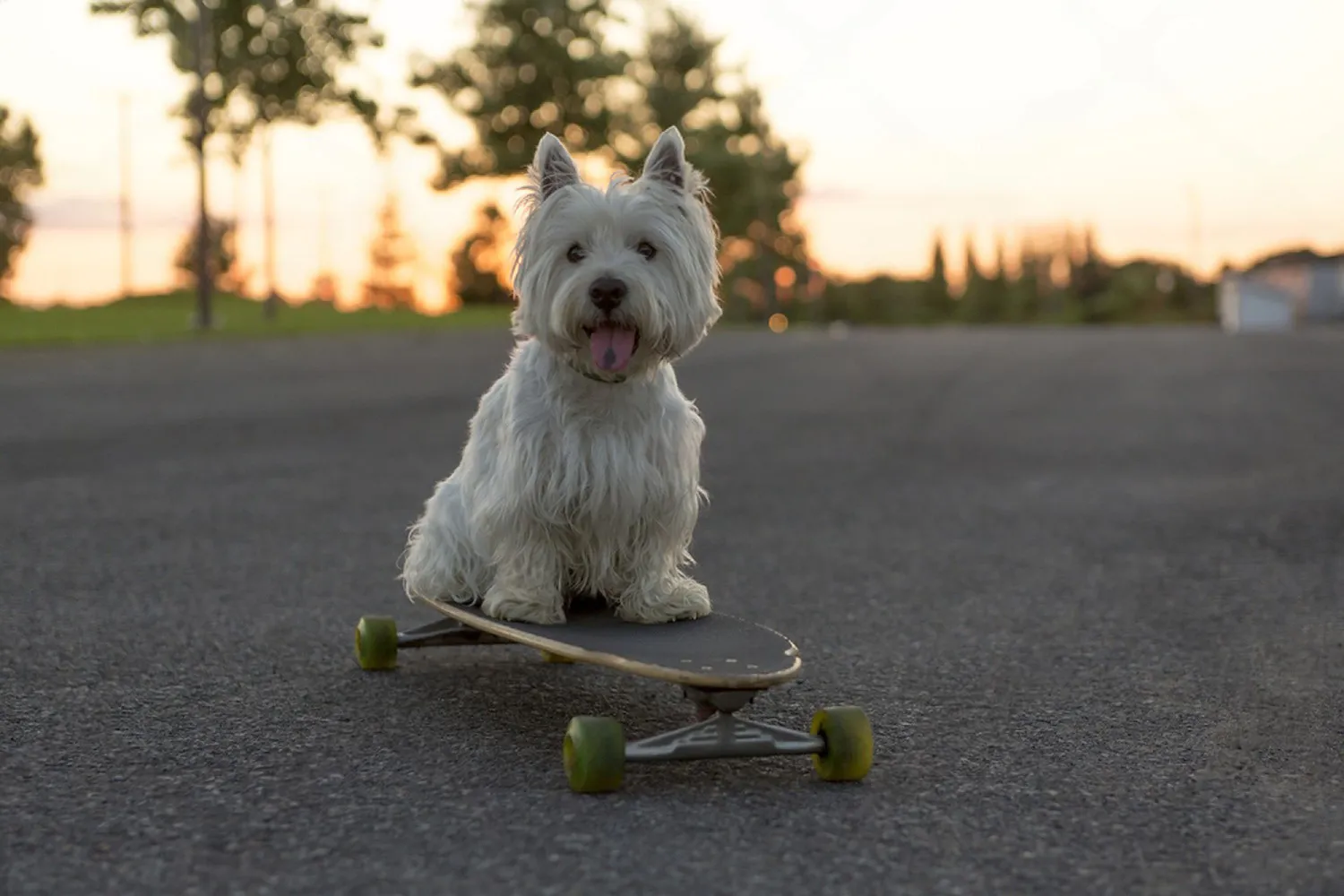
What’s the Average Size of a West Highland White Terrier?
Westies are small but sturdy little characters. On average, adult males stand about 27 cm tall at the shoulder, while females are a touch shorter at about 25 cm. Weight wise, males typically land between 8 and 11 kilograms, and females usually sit between 6 and 8 kilograms. For my fellow pound thinkers, that’s roughly 18-24 lbs for males and about 13-18 lbs for females.
One thing I’ve learned living with a Westie: their fluffy white coats can make them look bigger than they are. After a bath, my Westie looked suddenly “mini,” and the vet’s scale always told the real story. If you’re checking size at home, measure height from the ground to the top of the shoulder (the withers), not the head. I like to back my dog up to a wall, rest a book gently on the withers, and mark the spot simple and surprisingly accurate. As for weight, aim to feel ribs without pressing hard and see a gentle waist when viewed from above. That quick check has saved me from overindulging on treats more than once.
Remember, every Westie is an individual. Muscle tone, activity level, and even haircut can shift how they look within these ranges. If your pup is a keen walker or a fetch fanatic, they might be a solid little athlete at the higher end; a more lounge loving companion may sit lower. If you’re unsure about where your Westie falls, a chat with your vet and a monthly weigh in can keep them in tip top shape and keep harnesses and sweaters fitting just right.
https://en.wikipedia.org/wiki/West_Highland_White_Terrier
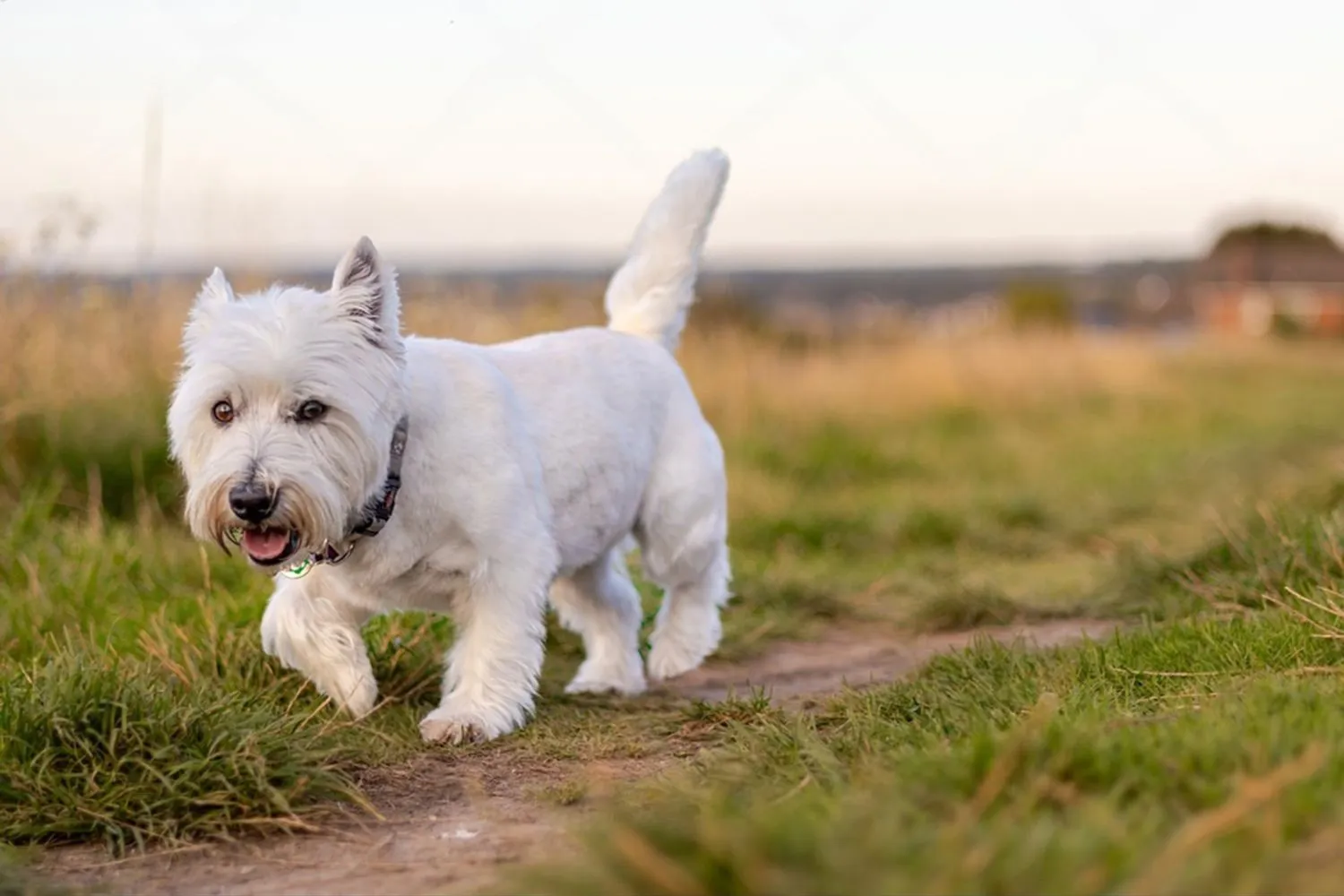
Are West Highland White Terriers Easy to Train?
Start early and keep it fun that’s my golden rule with Westies. They’re bright little firecrackers, quick to connect words with actions, and they thrive on short, upbeat sessions. I like to mix five minutes of “sit, stay, come” with a silly trick, like “spin” or “high five,” just to keep that terrier brain happily engaged. Consistency matters, but so does your enthusiasm; if you cheer like they just won a medal, they’ll try even harder. And don’t worry if you’re starting later in life Westies can learn at any age. I once helped a senior Westie master “leave it” in a weekend by practicing during commercial breaks and paying in tiny, tasty treats.
Because they’re clever, Westies sometimes test boundaries in that cheeky terrier way. Clear rules, lots of praise, and a pocket full of treats will be your best friends. I’m a fan of clicker training for these guys it turns lessons into a game and speeds up those “aha!” moments. Socialization should be on your to do list, too: friendly dogs, new people, different surfaces, and noises. A little nose work or puzzle toy after a walk can also curb boredom barking and give them that mental workout they crave.
And yes, they also love to swim! If you enjoy lake days or beach trips, get your Westie comfortable around water early. I start with a gentle wade, toss a floating toy just a foot or two away, and add a snug dog life jacket for confidence. My friend’s Westie went from toe dipping to joyful paddle in three sessions and now beelines for the shoreline like it’s his job. After a swim, rinse off the coat, pat those ears dry, and offer a cozy towel burrito. Before you know it, you’ll have a tidy sit stay on the dock and a polite, splash happy companion who comes when called even with seagulls doing their best to tempt mischief.
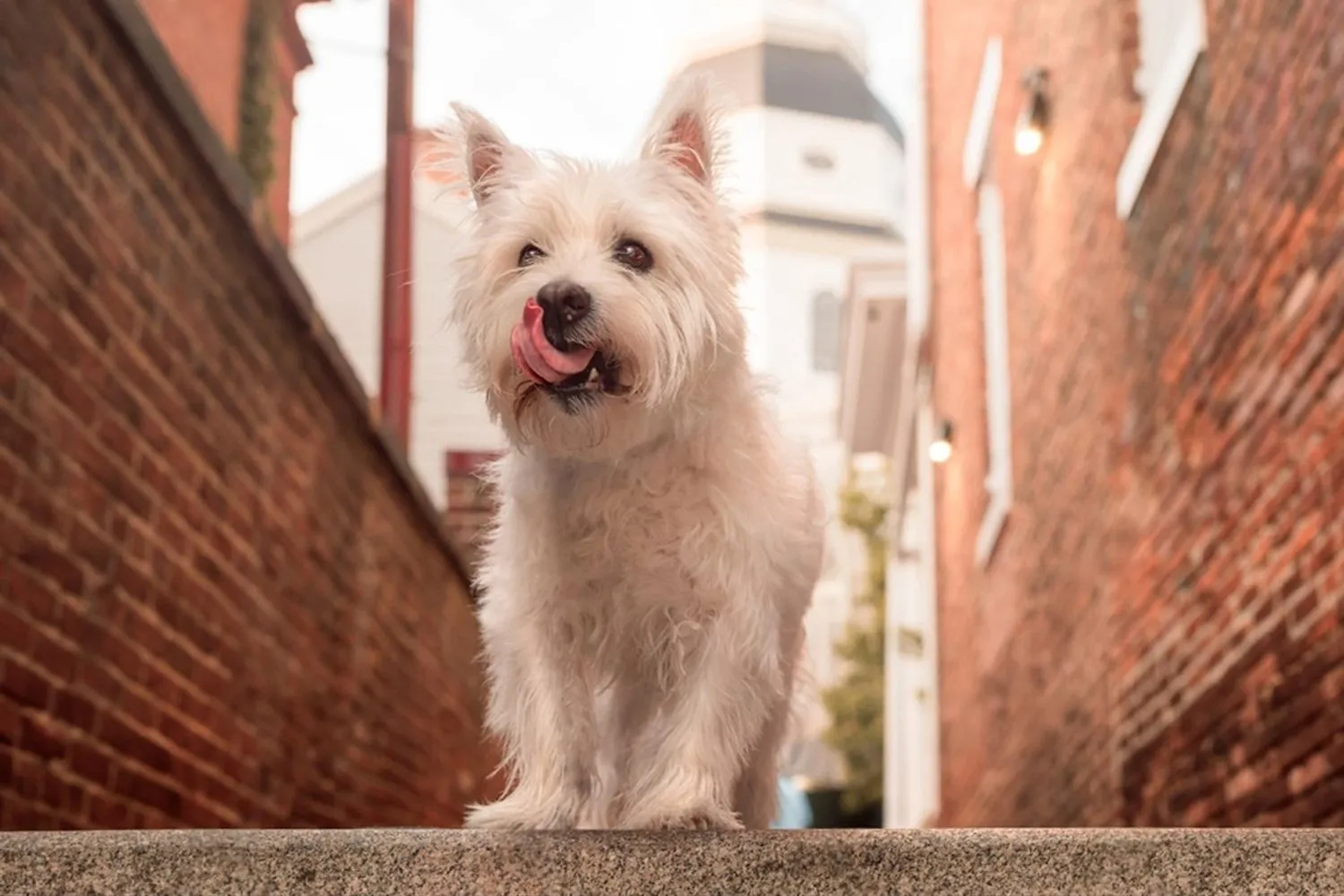
How Do West Highland White Terriers Behave? A Look at Their Temperament and Personality
Westies are little firecrackers wrapped in white fluff confident, cheerful, and always up for fun. They carry themselves like they own the sidewalk, tail up and eyes bright, and most will happily greet new people as if they’ve known them forever. I once met a Westie at a farmers’ market who hopped onto a bench just to be at eye level with everyone walking by; he collected compliments like treats. With good socialization, they’re friendly with visitors and make easy going companions, especially for folks who appreciate a lively, outgoing dog with a sense of humor.
They’re also smart clever in that terrier way that keeps you laughing and, yes, occasionally outsmarted. My neighbor’s Westie, Daisy, learned how to nudge open the pantry door and would sit there politely, waiting for someone to “notice” her chosen snack. Because they think quickly, they can test boundaries, so consistent training is your best friend. Keep sessions short and upbeat, mix in games (they love a good “find it” scent game), and use rewards they really care about. Puzzle toys, trick training, and rotating toys keep their brains busy and head off mischief before it starts.
Despite their playful spark, Westies settle in beautifully with family life. They adapt well to apartments or houses, as long as they get a couple of good walks and some spirited playtime each day. A little terrier independence means they appreciate clear routines and kind leadership, not harsh corrections. Give them a job carrying a soft toy on walks, practicing a few tricks before dinner and you’ll see that confident, fun loving nature shine. In the evening, they’re often happy to curl up at your feet, content after a day well spent. That’s the Westie sweet spot: a charming mix of bright, bold, and irresistibly friendly.
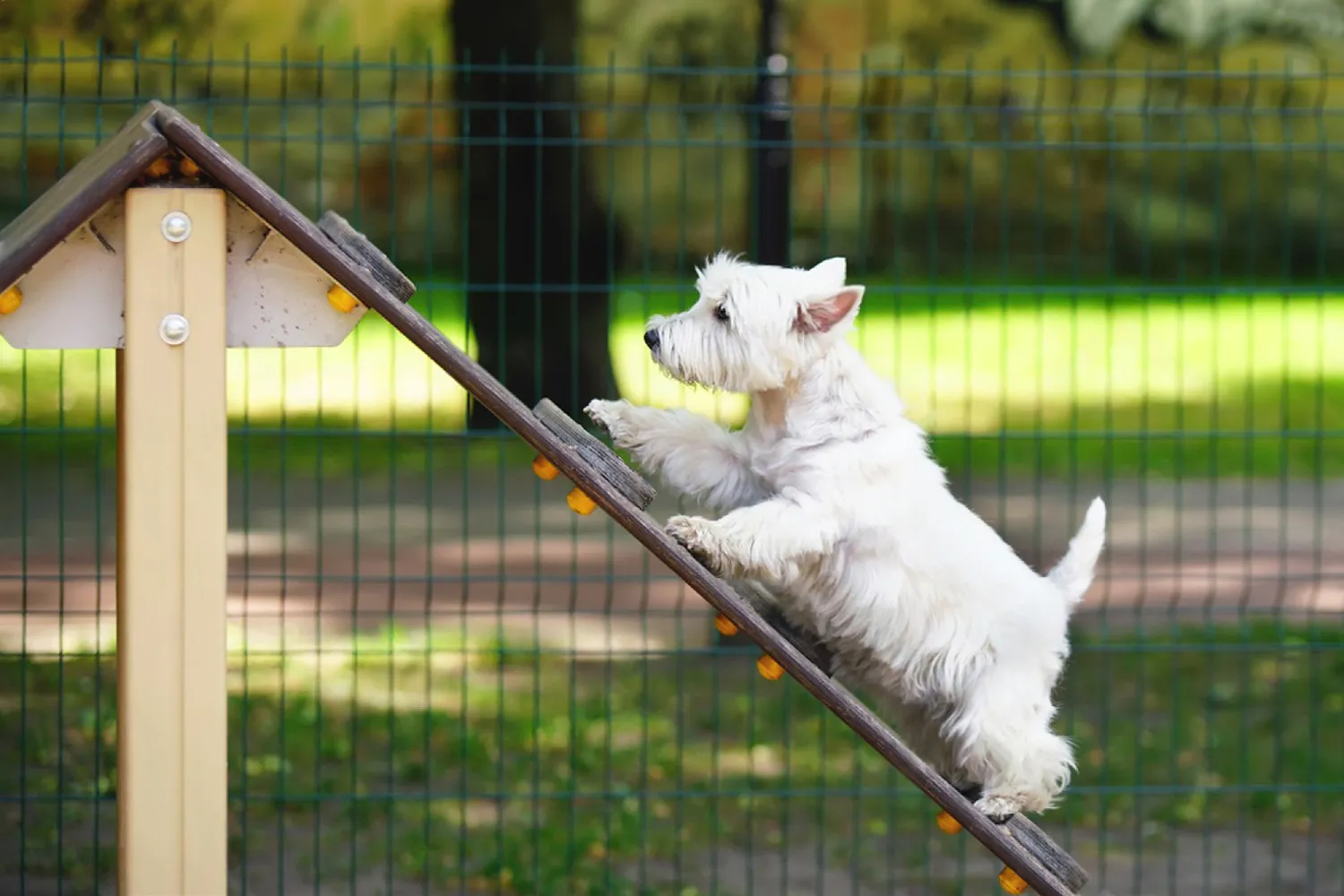
Do West Highland White Terriers Have Common Health Issues?
Westies are sturdy little characters, but like any breed, they have a few health quirks worth keeping an eye on. I always tell new Westie owners: don’t panic, just be proactive. A little vigilance and regular vet care go a long way.
Cataracts are fairly common as Westies age. You might notice a cloudy, milky look in the eye and a bit of bumping into furniture in dim light. My neighbor’s Westie, Piper, had cataract surgery at ten, and it was like someone turned the lights back on for her she went from tentative steps to trotting after her favorite squeaky ball again. The good news is that cataracts can often be surgically removed to improve vision, so don’t delay asking your vet if you see changes.
Craniomandibular Osteopathy (CMO) is another condition to know, especially if you’ve got a pup. It affects the skull bones during growth, typically between four and eight months. Signs can include a swollen jaw or glands, drooling, and reluctance to chew. It’s hereditary, and while that sounds scary, affected pups are usually kept comfortable with anti inflammatories and pain relief under a vet’s guidance. I once fostered a Westie who preferred soft, warmed food during a CMO flare small adjustments made a big difference.
Other issues seen in the breed include inflammatory bowel disease (think chronic tummy trouble and sensitive digestion), hip dysplasia (stiffness after naps, a bunny hop when running), and cleft palate, which is usually identified early by a breeder or vet. Two very common concerns in Westies are lower respiratory tract disease and cancer; together they can account for up to 10% of deaths in the breed. A lingering cough, wheeze, unexplained weight loss, or new lumps are all reasons to book an appointment. I like to use a harness instead of a collar for Westies who cough easily, and I keep a simple health diary to track any changes.
My best advice? Keep your Westie lean, make diet changes slowly, and schedule vet checkups twice a year. Ask your vet to give extra attention to eyes, jaw comfort, lungs, and hips. Catching things early isn’t just smart it keeps that trademark Westie sparkle shining bright.
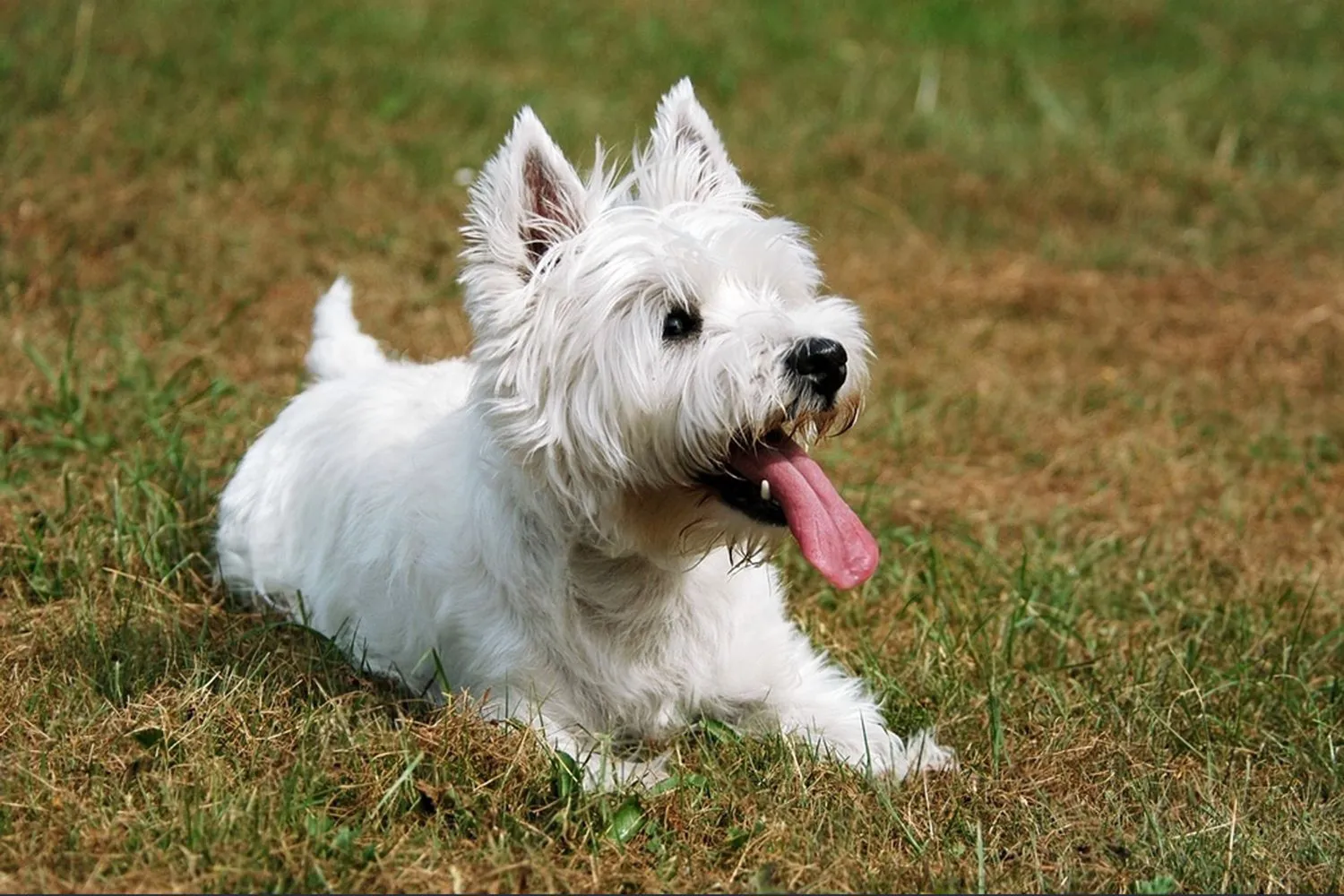
What Is the Lifespan of a West Highland White Terrier?
Westies are small dogs with big hearts and a wonderfully long run by your side. Most West Highland White Terriers live between 12 and 16 years, and it’s not unusual to see them happily trotting along well into their teens. My neighbor’s Westie, Daisy, celebrated her 15th birthday with a squeaky toy parade and was still bossing the bigger dogs around at the park.
Good care goes a long way toward helping a Westie enjoy those years. Regular vet checkups, a balanced diet, and daily walks keep that terrier spark shining. I like to mix in short sniffari walks and puzzle toys Westies love a job, even if it’s just finding treats in a snuffle mat. Don’t forget dental care and skin checks; a quick weekly once over can catch little issues before they become big ones.
As they reach their senior years, you’ll notice they trade zoomies for cozy naps. That’s your cue to add a comfy bed, gentle joint support (your vet can guide you), and slightly shorter, more frequent strolls. Keep their minds engaged, adjust the pace, and you’ll find the golden years with a Westie are some of the sweetest full of quiet companionship, cheeky grins, and many, many tail wags.
How much should a West Highland White Terrier eat?
Westies may be small, but they have the enthusiasm of a much bigger dog especially when food is involved. I learned early on with my Westie that a measuring cup is your best friend. Your vet should always be your go to for personalized advice, but as a general guide, most Westies do well on roughly 0.5 to 1.5 cups of dog food per day, depending on their size, activity level, and the calorie density of the food. I like to split that total into two meals to keep energy steady and tummy happy, and I make sure treats don’t exceed about 10% of the daily calories (it’s amazing how fast those training bites add up).
Activity matters, too. Westies are surprisingly athletic little companions. If your pup is doing dog sports agility, rally, nose work, or even a big hike don’t be afraid to adjust slightly within that range. On big exercise days, I might add a tablespoon or two; on quieter couch potato days, I’ll trim back just a touch. I once spent a summer setting up a mini backyard agility course, and my Westie would zoom between jumps like a tiny, furry rocket. We didn’t change her food drastically, just small tweaks, and kept a close eye on her body condition.
Speaking of which, the best “scale” at home is your hands and eyes. You should be able to feel ribs under a thin layer of padding (not sharp, not buried), and see a little waist when you look from above. If the collar’s getting snug or the treats are disappearing faster than usual, it’s time to measure more carefully. I keep a scoop clipped to the food bin so I’m not eyeballing portions my old habit of “just a bit more” was how we accidentally added a pound one winter.
A few extra tips that have helped me: check the feeding guidelines on your specific food bag (kibble varies a lot in calories), introduce any diet changes slowly over a week to avoid tummy upsets, and use puzzle feeders if your Westie inhales meals like mine does. Fresh water, always. And if your pup has special needs, sensitive skin, or is still a growing puppy, your vet can tailor the plan so your Westie stays trim, energetic, and ready for the next adventure.
West Highland White Terrier FAQs
Are Westies hypoallergenic?
Thanks to their double coat a soft, dense undercoat with a harsher outer layer any stray hairs often get caught before they drift around your home. They’re known for very low shedding, which is why so many allergy prone folks do well with them. My friend with mild dog allergies can happily visit my house when my Westie is freshly brushed; a quick grooming makes a big difference. If you’re sensitive, I always suggest spending time with a Westie first just to be sure your nose agrees. Regular brushing a few times a week, routine baths, and a tidy grooming schedule keep loose hair and dander down. Toss in a washable dog bed, a lint roller by the door, and maybe a small air purifier, and you’ll be living the fluffy white dream without the sneezes.
Do West Highland White Terriers like to cuddle?
Oh yes once their little engines wind down. Westies have that charming terrier independence, but they’re incredibly friendly and often adore lap time. My own routine goes like this: zoomies in the yard, one dramatic squirrel announcement, and then a very satisfied sprawl across my legs while I try to reach my coffee. They’re great lap dogs, especially in the evenings, though they won’t cling to you all day. If you like a dog who can play hard and then melt into a cuddle puddle, a Westie hits the sweet spot. A tip: teach a “settle” cue early. It helps them shift from play mode to snuggle mode when you’re ready for a quiet moment.
Are Westies good for first time dog owners?
Absolutely. Westies tend to be eager, bright, and surprisingly cooperative, which makes training feel rewarding rather than overwhelming. They respond beautifully to positive reinforcement think short, upbeat sessions with treats and praise. I’ve found that consistent routines (mealtimes, potty breaks, and daily walks) help them shine. They don’t require any fancy approach to keep in check, just a clear set of house rules and follow through. Do remember there’s a terrier brain in there: clever, curious, and sometimes a tad cheeky. Keep training interesting with new cues, puzzle toys, and little “jobs” like carrying a toy from room to room. First time owners usually love that balance of smarts and spunk plus, even as adults, Westies are game to learn and fit in quickly.
What should I look for in a West Highland White Terrier puppy?
When you meet a litter, look for bright eyes, a waggy, confident stance, and a pup who’s curious without being chaotic. Westies are clever, so expect a puppy who engages with you and bounces back quickly from new sounds or sights. A firm but fair attitude goes a long way with terriers: set boundaries, be consistent, and they’ll pick up new cues fast (and yes, they may test you just to check the rules still apply!). I like to ask about early socialization, grooming exposure (a quick brush, a gentle nail touch), and basic vet checks. Clear eyes and ears, a clean coat, and comfortable skin are all good signs.
Once home, I recommend puppy classes as soon as your vet gives the green light. They’re fantastic for ironing out the little wrinkles like polite greetings and loose leash walking before they become habits. Start crate training early, offer safe chew toys to keep that clever mouth busy, and rotate a couple of puzzle feeders to satisfy their brain. If you keep training upbeat and consistent, you’ll have a well mannered Westie who trots beside you like they wrote the rulebook themselves.
In short: Westies are low shedding cuddle bugs with brains to match their charm wonderful for newcomers and seasoned dog folks alike. With a steady hand and a sense of humor, you’ll have a best friend who’s as happy on your lap as they are leading the neighborhood parade.
Disclaimer:
This article is for informational purposes only and doesn’t replace professional veterinary or training advice. Always consult a certified vet or dog trainer for guidance specific to your pup.

